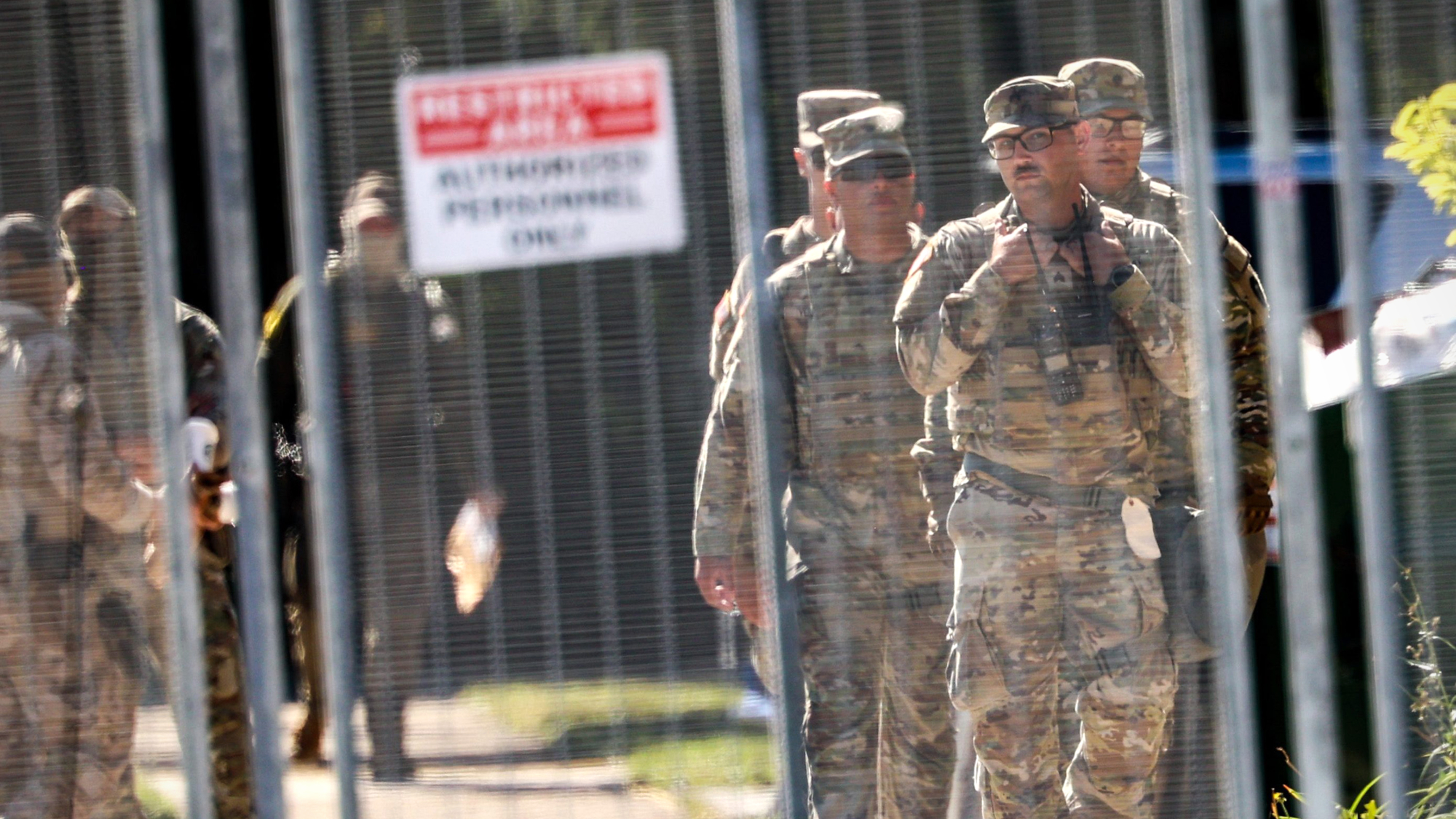In the Eye of the Storm: Modernism in Ukraine – a 'captivating' exhibition
The show features more than 60 works created by Ukrainian artists in the first decades of the 20th century
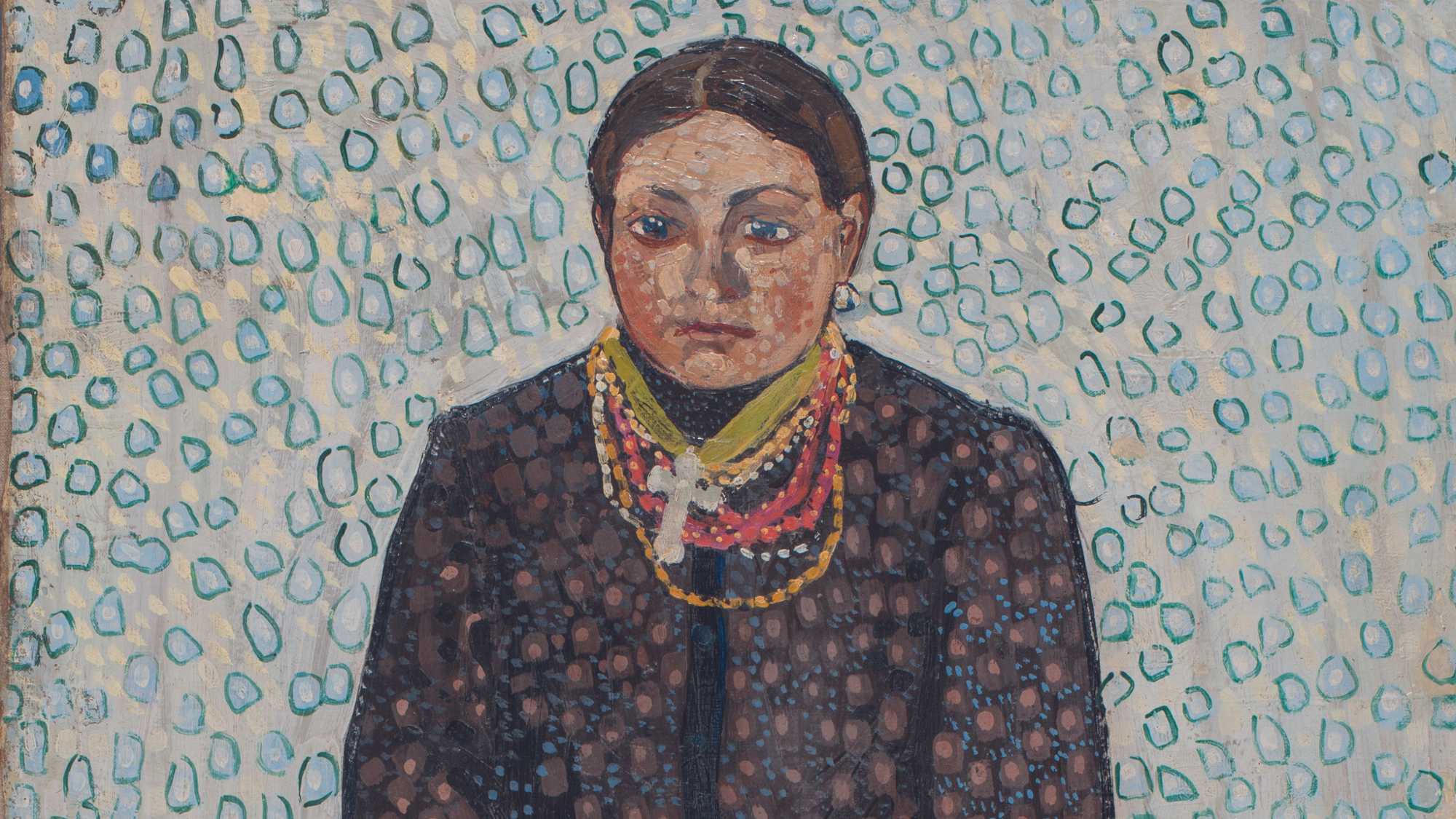
If there is one "tiny shred of good" that has come out of the Russian invasion of Ukraine, it is that we have finally started to take notice of this "fascinating and crucial" country, said Waldemar Januszczak in The Sunday Times. Where once we might have considered it "a foggy blob in our lopsided imagining of Europe", occupied by various neighbouring powers for much of its history, its people and culture have now taken centre stage in our collective imagination.
In the past, the story of modern art has seldom contained a "single paragraph" about Ukraine. Now, this "involving" exhibition, featuring more than 60 works created by Ukrainian artists in the first decades of the 20th century, sets that right. It tells "a complex artistic tale that keeps bumping tragically into the harsh world of politics". Most of the works here come from Ukraine's National Museum of Art, and were "smuggled out" of the country to keep them safe and promote a cultural history distinct from that of its larger neighbour. "As much an education as an art show, this is an important event."
Even were it not for the war, this would be "a captivating exhibition", said Alastair Sooke in The Daily Telegraph. It shows how, in the early 20th century, Ukrainian artists melded styles such as cubism and futurism with Slavic folk traditions, invigorating them with a strong regional flavour. Alas, they were "insensitively lumped together in the West as 'the Russian avant-garde'", a categorisation that must have stung Ukrainians – for, in the 1930s, the Soviets purged the country's artistic elite, including many figures represented here. There's some fantastic work on show: a moving 1910-11 painting by Volodymyr Burliuk, for instance, depicts a "blue-eyed Ukrainian peasant woman" in front of an abstract pattern; Oleksandr Bohomazov's "Sharpening the Saws" (1927), meanwhile, offers "a rapturous, prismatic vision" of labourers in the local timber industry "tending to their tools".
The Week
Escape your echo chamber. Get the facts behind the news, plus analysis from multiple perspectives.

Sign up for The Week's Free Newsletters
From our morning news briefing to a weekly Good News Newsletter, get the best of The Week delivered directly to your inbox.
From our morning news briefing to a weekly Good News Newsletter, get the best of The Week delivered directly to your inbox.
It seems "a stretch" to define this epoch of Ukrainian art as distinctive from that of neighbouring countries, said Jackie Wullschläger in the Financial Times. At the time, national identities in this part of the world were as "fluid" as the region's ever-shifting borders. Kazimir Malevich, for instance – represented here by a landscape of "a village seen through colossal forbidding tree trunks" – was born in Kyiv to Polish parents and lived largely in Russia. Another major artist, Kyivtrained Alexandra Exter, was born in Poland and spent most of her life in Paris. Still, there's no doubting her brilliance: her 1912 view of a bridge at Sèvres sees "shapes float or soar", colours shift, and "buildings abstracted into airy, blue-grey shards". It's a highlight of "a rich, always enlightening show" full of vivid, dynamic works, which is at times also "desperately affecting".
Royal Academy, London W1. Until 13 October
A free daily email with the biggest news stories of the day – and the best features from TheWeek.com
-
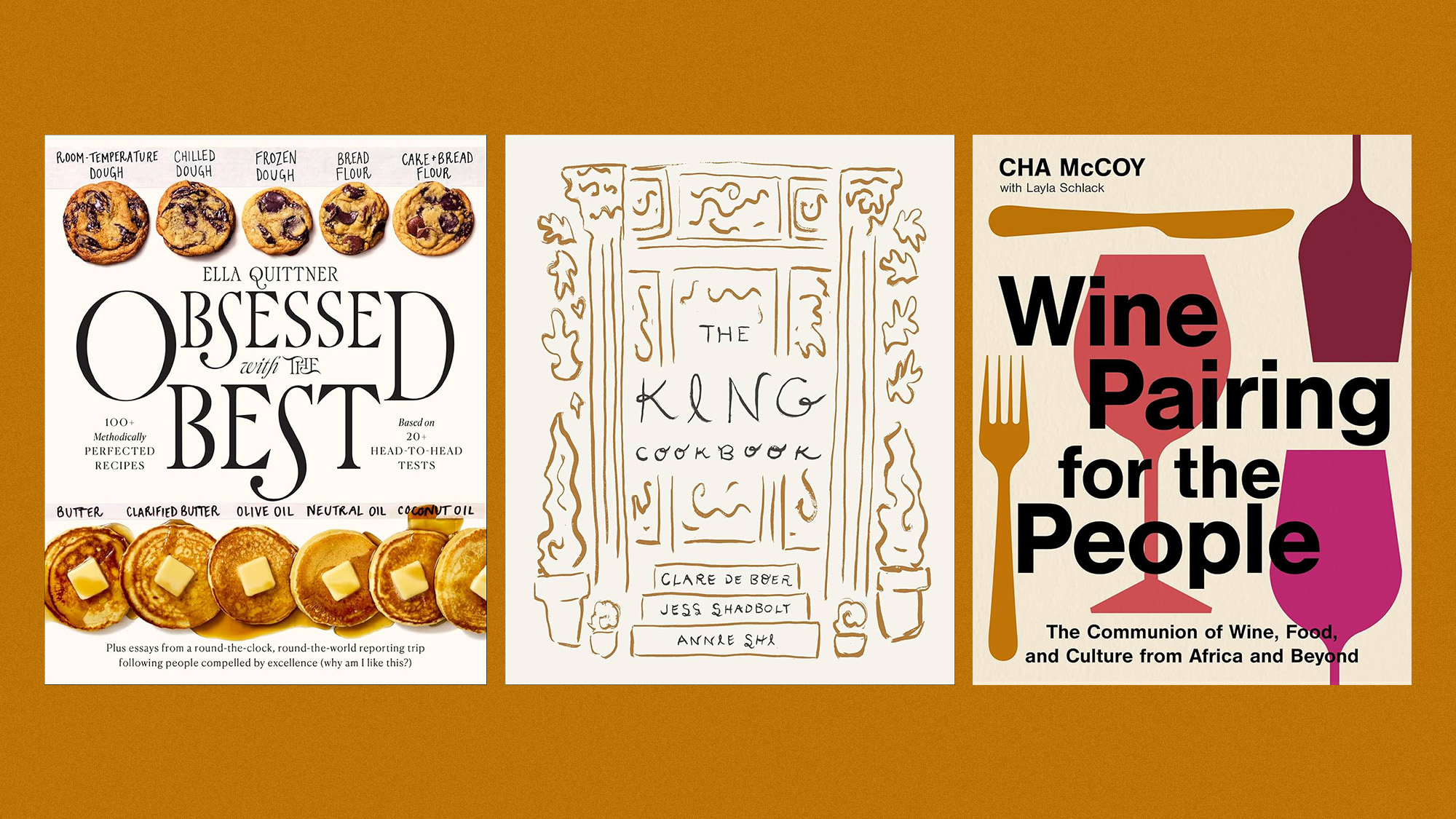 8 new cookbooks begging to be put to good winter use
8 new cookbooks begging to be put to good winter usethe week recommends Booze-free drinks, the magic versatility of breadcrumbs and Japanese one-pot cooking
-
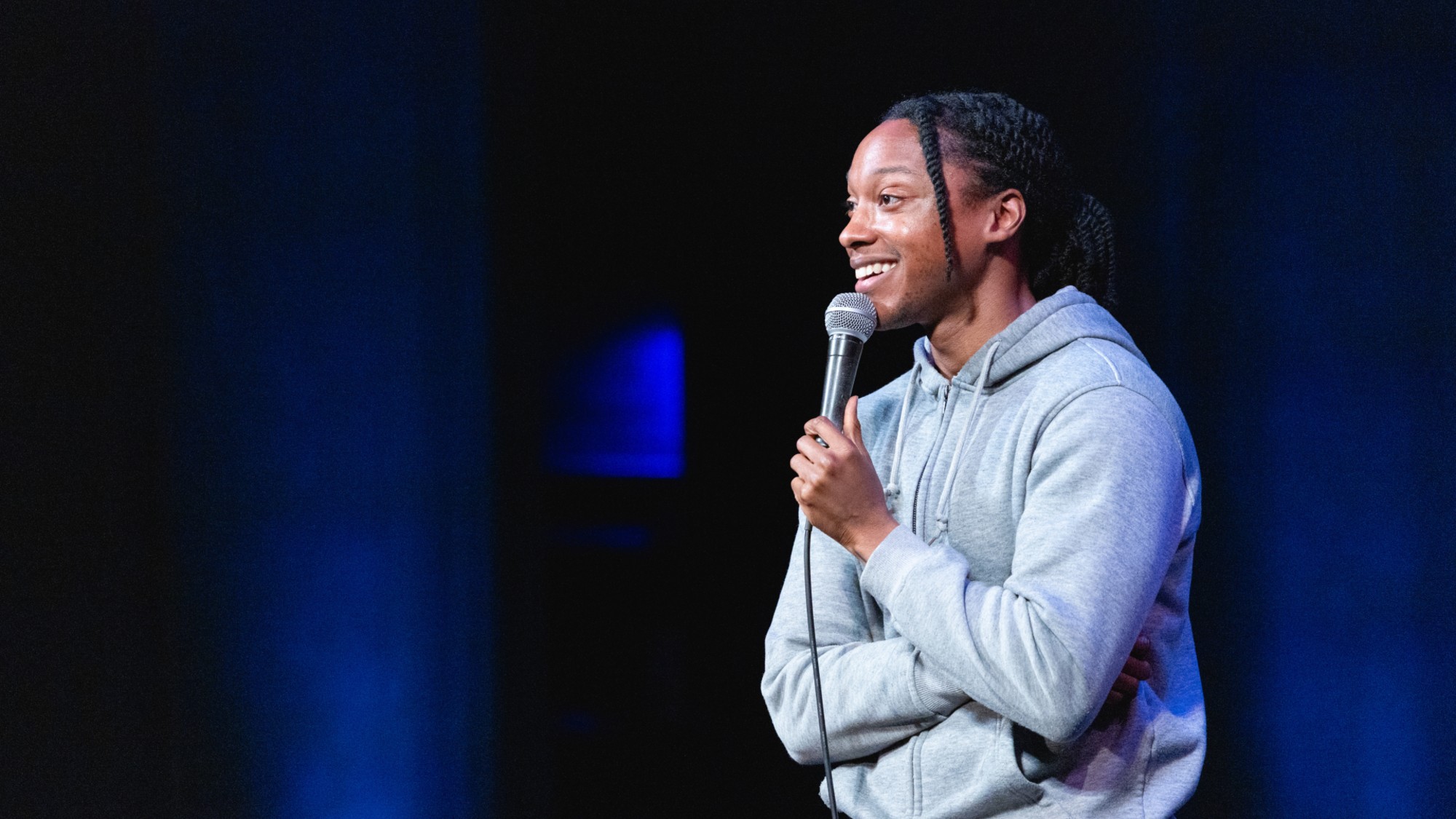 Let these comedians help you laugh your way through winter
Let these comedians help you laugh your way through winterThe Week Recommends Get some laughs from Nate Bargatze, Josh Johnson and more
-
 The 8 best drama movies of 2025
The 8 best drama movies of 2025the week recommends Nuclear war, dictatorship and the summer of 2020 highlight the most important and memorable films of 2025
-
 The best homes of the year
The best homes of the yearFeature Featuring a former helicopter engine repair workshop in Washington, D.C. and high-rise living in San Francisco
-
 Critics’ choice: The year’s top 10 movies
Critics’ choice: The year’s top 10 moviesFeature ‘One Battle After Another’ and ‘It Was Just an Accident’ stand out
-
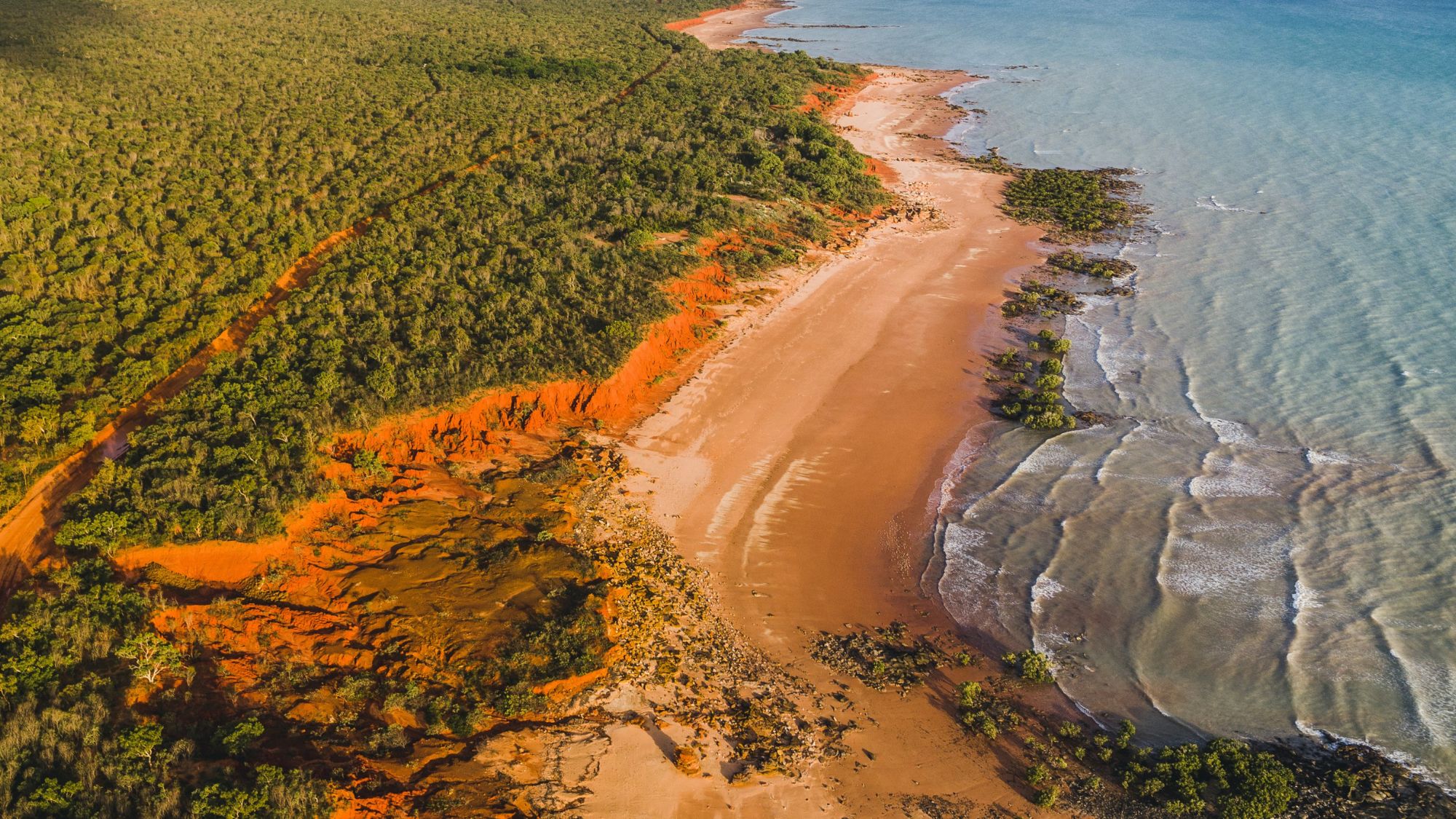 A luxury walking tour in Western Australia
A luxury walking tour in Western AustraliaThe Week Recommends Walk through an ‘ancient forest’ and listen to the ‘gentle hushing’ of the upper canopy
-
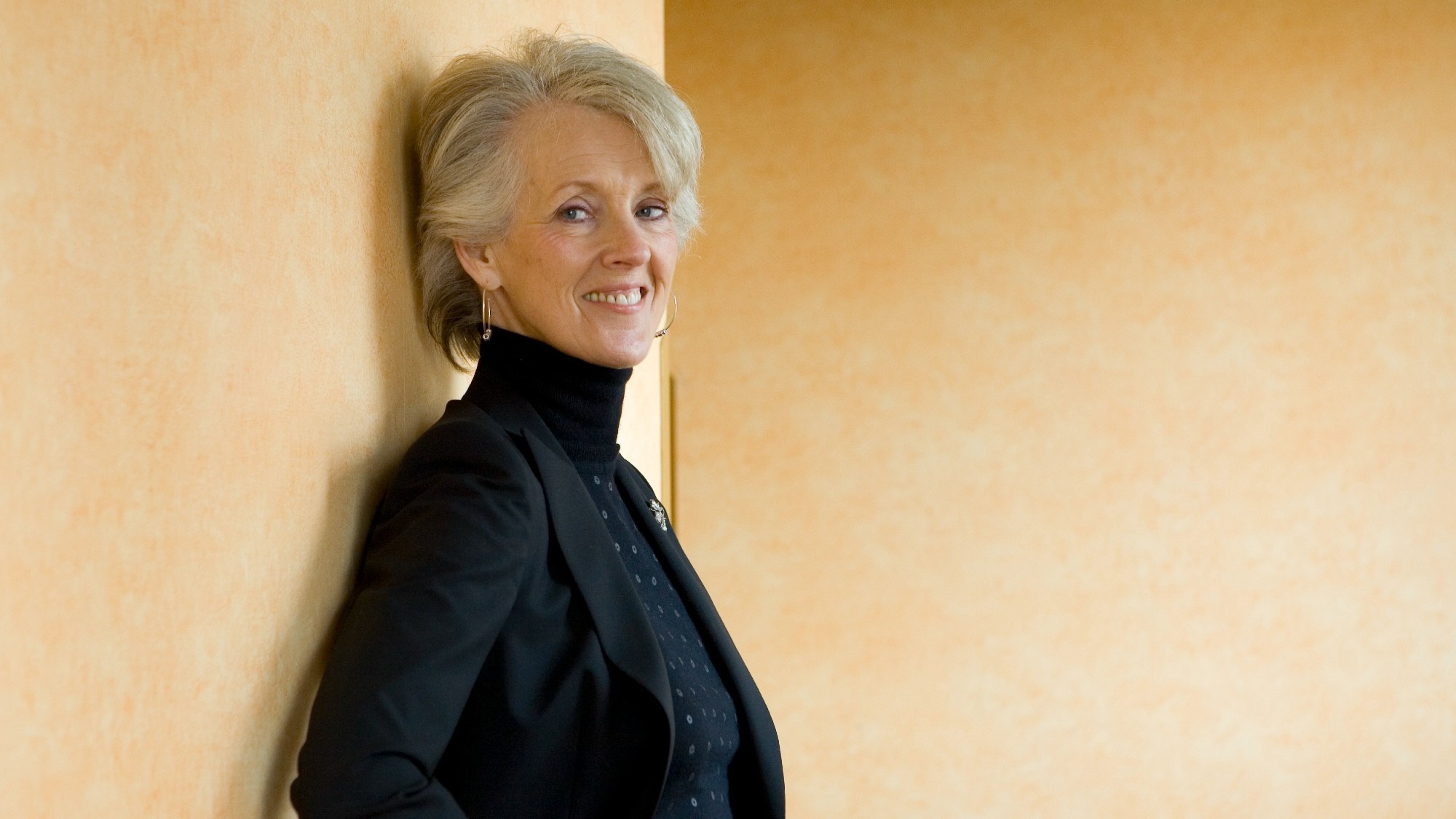 Joanna Trollope: novelist who had a No. 1 bestseller with The Rector’s Wife
Joanna Trollope: novelist who had a No. 1 bestseller with The Rector’s WifeIn the Spotlight Trollope found fame with intelligent novels about the dramas and dilemmas of modern women
-
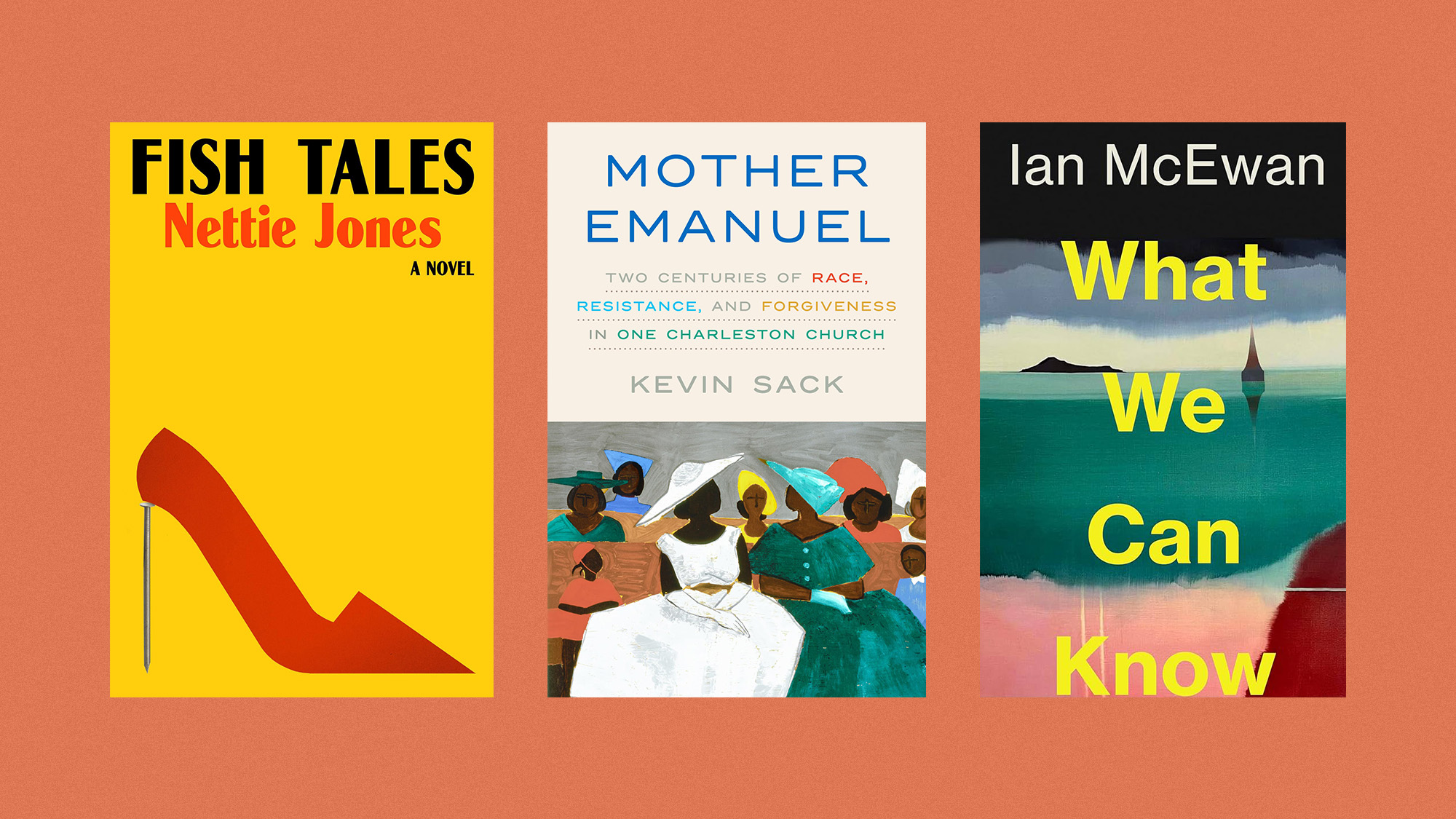 The best books of 2025
The best books of 2025The Week Recommends A deep dive into the site of a mass shooting, a new release from the author of ‘Atonement’ and more


